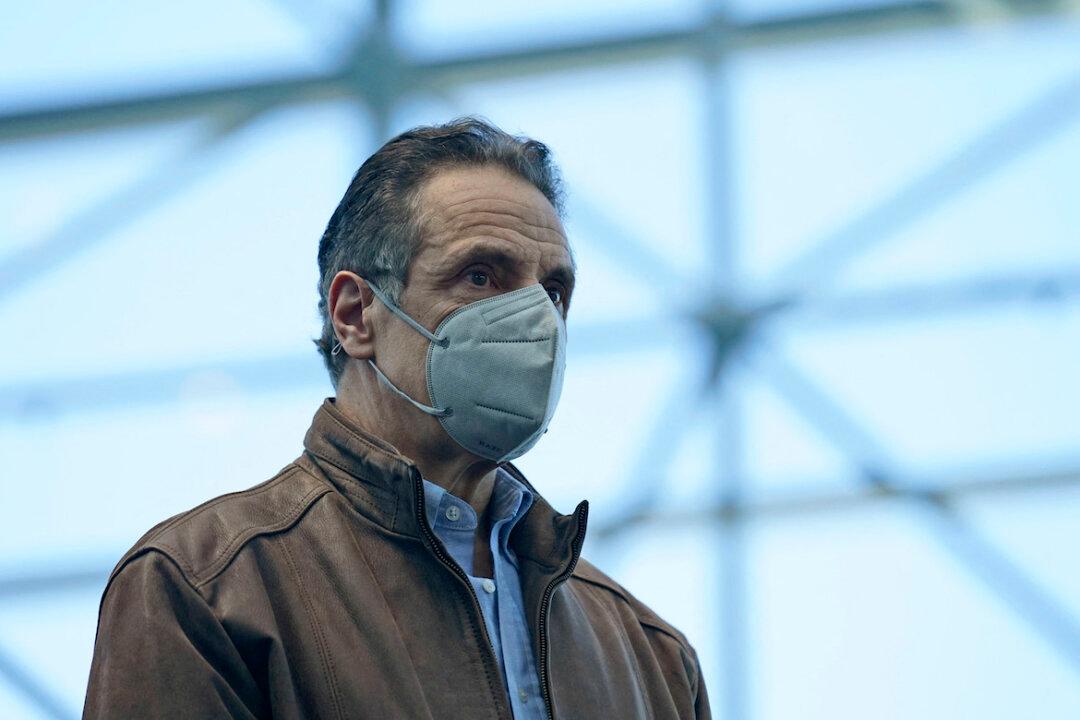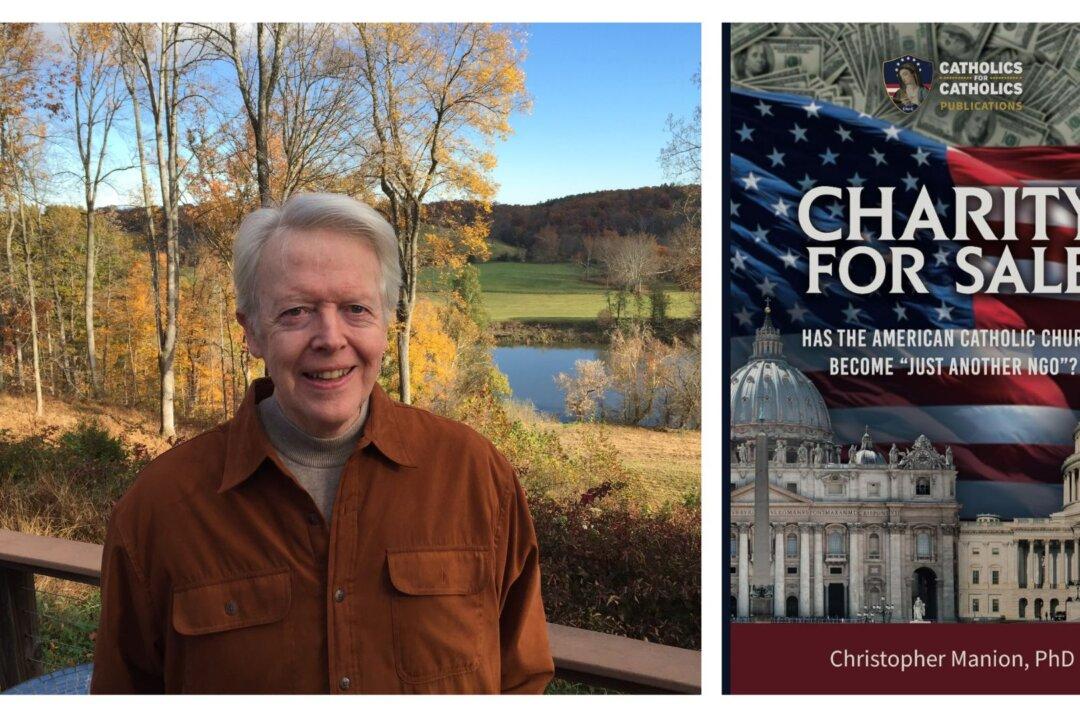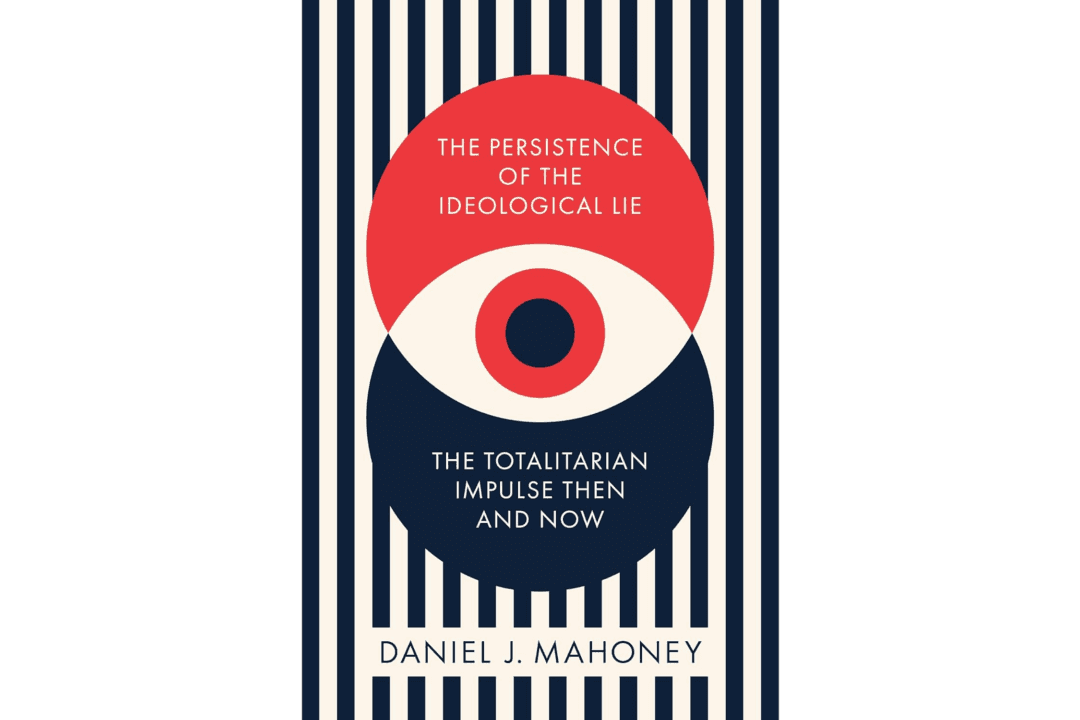Commentary
It’s worth a glimpse back to see how most news organizations covered Gov. Andrew Cuomo in 2020. A classic in this journalism hall of shame was a Washington Post column, in which our governor was lionized as “the strongman who can admit he’s wrong. He speaks fluently about the facts. He worries about his mother, and by extension, yours too.”





